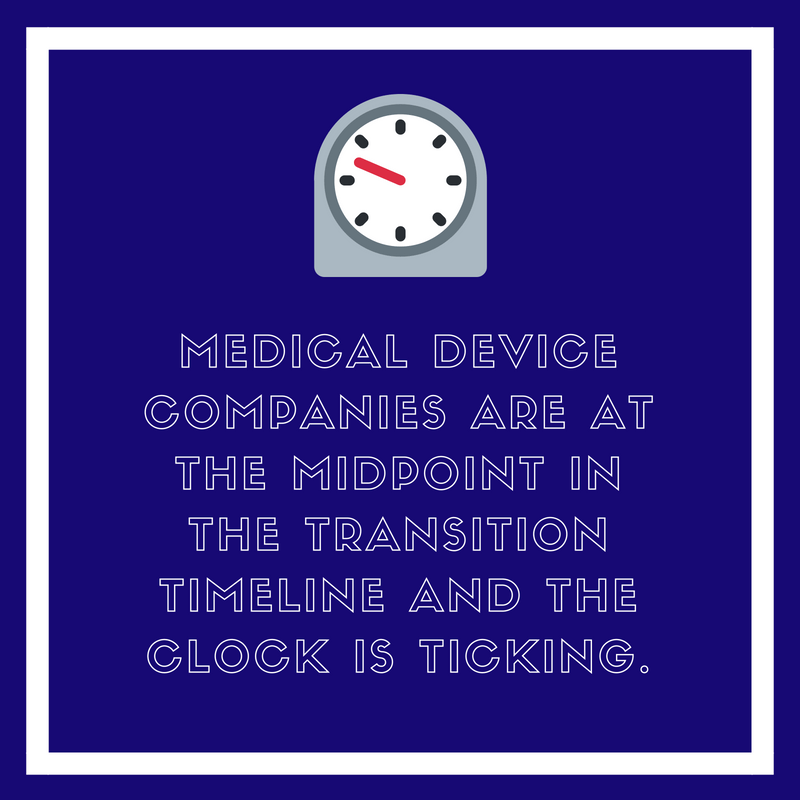What’s Next? Brexit, Medical Devices and Beyond
As regulatory professionals continue to adapt to EU’s Medical Device Regulation (MDR) and In Vitro Diagnostic Regulation (IVDR), another challenge that many in the medical device industry face is the reality of Brexit. As a result of the changing regulations, there is uncertainty that regulatory professionals must get up to speed on. Companies are at the midpoint in the transition timeline and the clock is ticking.
According to a recent article from Medical Plastics News, there is still uncertainty about whether the UK will align with the EU in terms of regulations and processes for pharmaceuticals and medical devices. As it stands, this current landscape has left executives unsure of how to prepare.
“Currently, there are too many variables to be able to accurately predict what the future holds for UK pharmaceutical and medical device companies post-Brexit. It is similarly difficult to forecast what the wider economic and logistical impacts will be on the pharmaceutical and medical device industries within the UK and the EU, as well as manufacturers outside the EU and UK wishing to place products onto the UK market.”
The reverberating effects of this are clear: there is a potential increase in costs, time and resources for medical device manufacturers. The article suggest it’s anticipating that companies are implementing contingency plans, in the event that there is no negotiation deal between “regulatory frameworks and clearance between the UK and EU.”
Despite the Brexit uncertainty, there is no denying that EU MDR and IVDR will be implemented by 2020 and 2022, respectively. Of course this means that companies are at the midpoint in the transition timeline and the countdown is on for regulatory professionals to make the necessary changes.
Medical device companies must ensure that all of their device products on the market receive the new CE mark by May 2020, or risk being removed from the market. However, this is not without its own unique challenges—Notified Bodies must also be re-designated against the MDR in order to provide the new CE mark.
Medical device manufacturers are not alone in the race to EU MDR and IVDR. According to Medical Plastics News, “UK-based notified bodies will be similarly affected by Brexit, and most have implemented a plan B to move or duplicate their NB certification location to one of the 27 EU Member States to ensure continued recognition within the EU.”
Because medical device companies are not currently sure of the possible outcomes of Brexit, it is imperative that these professionals continue to stay up to date on the regulations of MDR and IVDR, monitor and prepare for further changes and updates. As Medical Plastics News notes, “Future-proofing a healthy industry that best serves patients and healthcare providers is at the top of the UK’s agenda as talks continue. The ramifications to the sector and all stakeholders will be very significant if manufacturers can’t efficiently access the European and UK markets through aligned systems with mutual recognition.
For further insight into this topic, through in-depth workshops and interactive panels, join us at the 8th EU Medical Device Regulatory Affairs Conference in Brussels, Belgium on September 18-19. Hear from TÜV SÜD Product Service, UL International, NSAI, SGS Belgium, and Dekra Certification plus many more. Find the full program agenda here and reserve your spot today.






